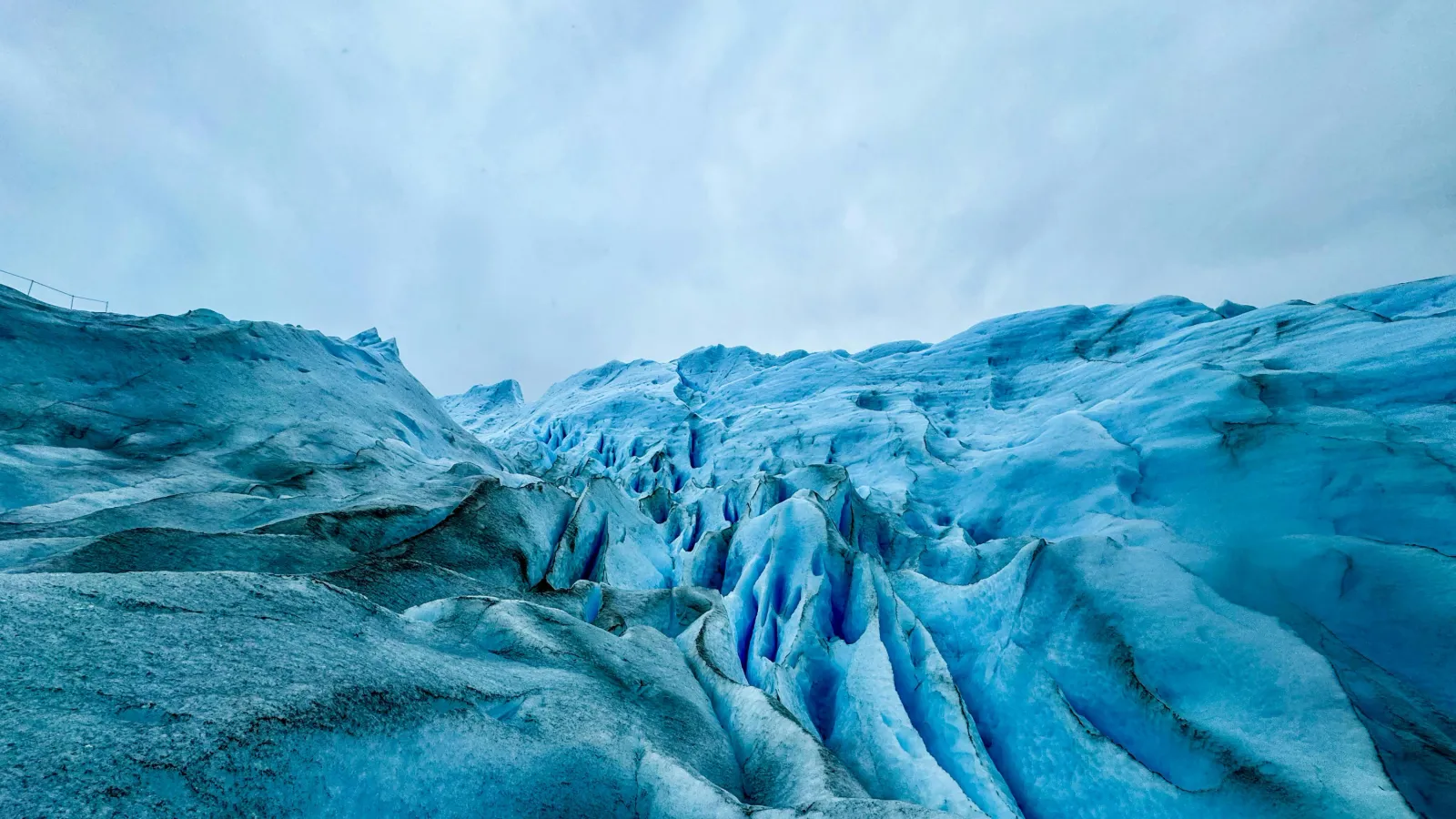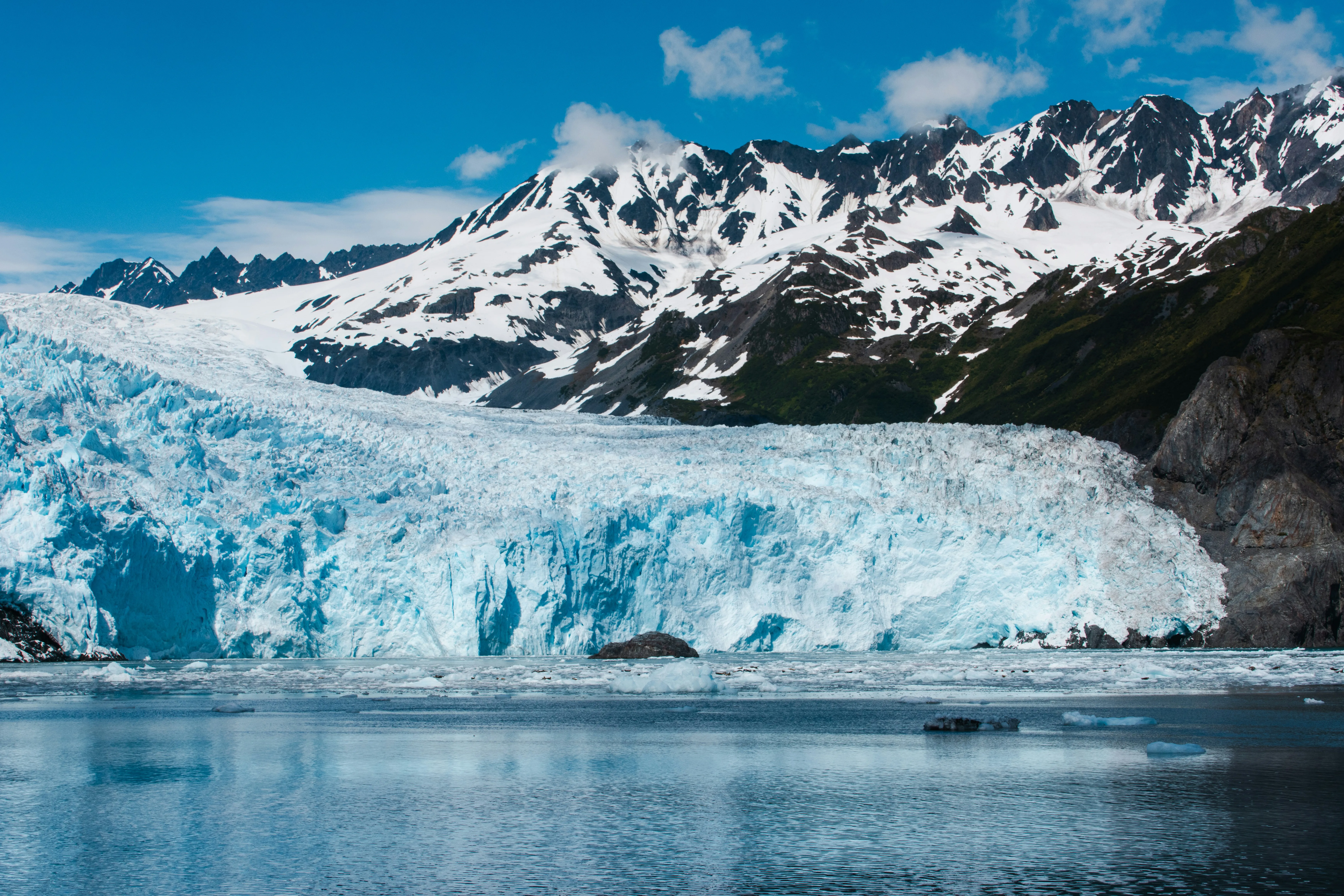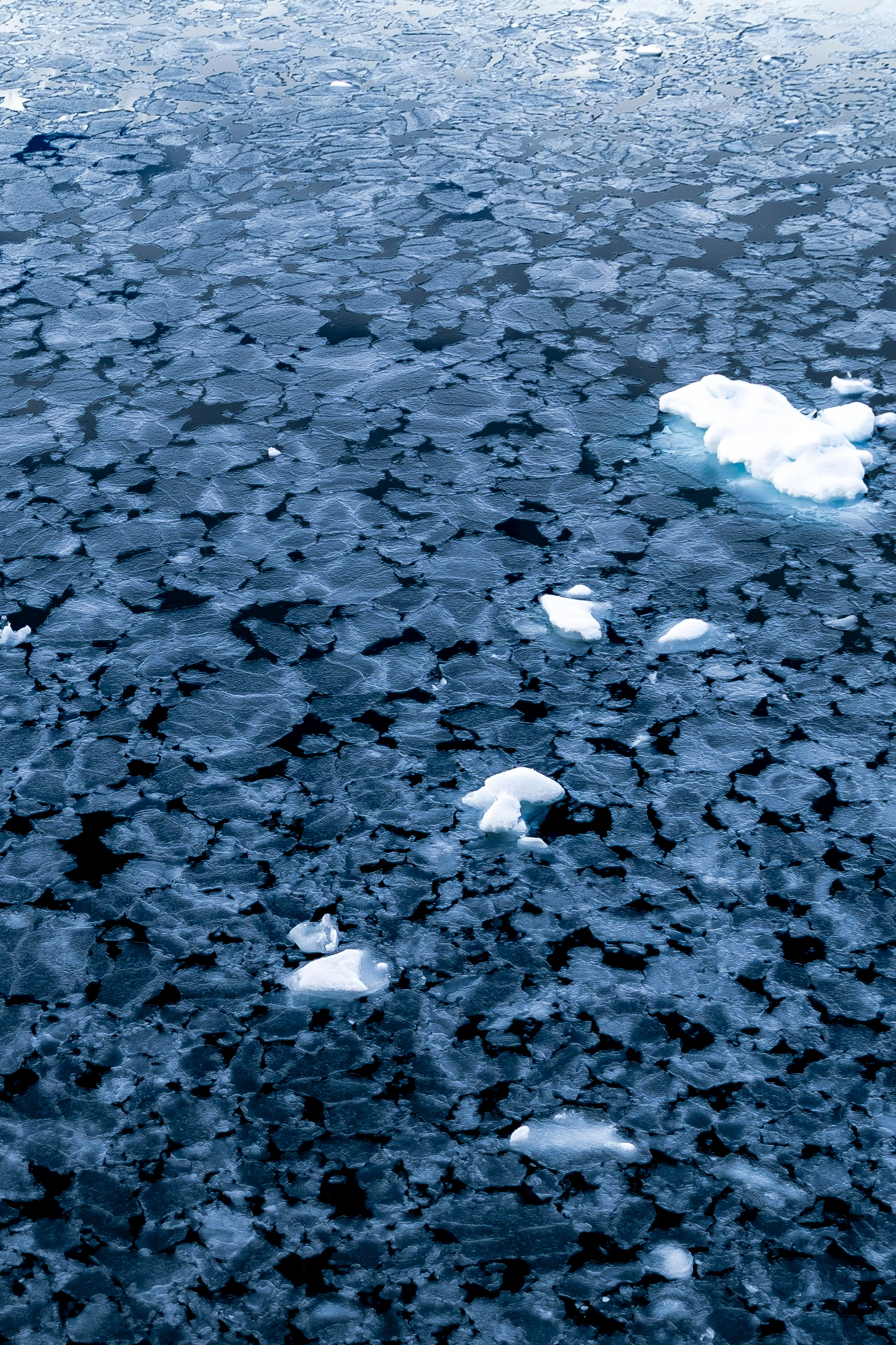The Structure and Components of the Cryosphere

The Structure of the Cryosphere
The cryosphere is all the frozen water parts on Earth. It is one of the five elements of the climate system, besides the atmosphere, lithosphere, hydrosphere and biosphere.
When I worked on “The Last of Us Part II”, I was tasked to build many complex snow and ice assets. This is when I did a deep dive into the research, because in film we have to match photorealistic plates, and my 3D Houdini assets need to sit right next to real footage and look just as real.
I specialize in procedural world building, so understanding all the underlying concepts was even more important, since you have to build a robust system rather than being able to match everything by hand.
I learned very fast that a glacier is not the same as sea ice, icebergs and ice shelfs are actually different things. Knowing this difference will give you the ability to reproduce natures beauty in a way where people won’t notice the difference between real and 3D. This whole section with all the subtopics will include all information I found most useful.

TLDR
The cryosphere has a few key components. Glaciers are rivers of ice in mountains, and can have deep cracks called crevasses. Ice sheets are much bigger (continent-sized), and their striking visual element is wind-sculpted snow, or sastrugi. Sea ice is the frozen ocean, and its key features are pressure ridges and dark cracks of open water. Don’t confuse them with icebergs, which are different: they are dense, blue freshwater ice from glaciers. Finally, permafrost is frozen ground and you can spot it from the collapsed and patterned terrain it creates when it thaws.
The Components of the Cryosphere
1. Glaciers They are basically rivers of ice that flow very slowly down mountains and through valleys. As they move, they carve the landscape and widen the valleys. While the lower ice layers are densely compressed, the top layers are more brittle, and as the glacier moves deep cracks, called crevasses, can form, aswell as sharp, broken ice towers called seracs. At the end of a glacier you will find the moraine, which is a large pile of rocks and dirt that the ice has pushed forward.

2. Ice Sheets (Inland Ice) These are huge, continent-sized domes of ice (only in Greenland and Antarctica today). They are so big and heavy that they flatten the terrain underneath them. From the ground, an ice sheet does not look like a glacier with mountains around it. It is just a vast, white horizon that seems to go on forever. The only surface features are the wind-sculpted snow dunes, which are called sastrugi.

3. Sea Ice Sea ice is frozen seawater. It is much thinner than a glacier and it floats on the ocean. Because it is frozen salt water, the ice is not clear, it is opaque and white from all the salt crystals and air bubbles trapped inside. It can have fractures (or leads), which are dark lines of open water where the ice has broken apart, and pressure ridges, which are jagged piles of ice that form where two sheets have pushed against each other. In rough, wavy water, you can also find pancake ice. This looks like many circular plates of ice, from small to a few meters wide, usually with snow at their edges.

4. Ice Shelves and Icebergs An ice shelf is a very thick, floating platform of ice that forms where an ice sheet flows from the land out onto the ocean. The edge is a massive ice cliff. Whereas Icebergs are the large pieces of ice that break off from these shelves or from glaciers during a process called calving. The ice in an iceberg is very old and has been compressed for thousands of years, so it is very dense, which is why it has a deep blue or green color inside (basically no air bubbles or impurities). You can also see layers in the ice, which shows the history of the snowfall from many years.

5. Permafrost Permafrost is ground-soil, rocks, and sand that has been frozen solid for at least two years. From the surface, it can just look like normal ground, maybe with some tundra plants on top. The interesting part happens when it thaws, because the melting ice causes the ground to become very unstable and collapse. This creates patterned terrain with pits and mounds which are called thermokarst. This is also why you see a phenomenon called “drunken forest”, where trees are tilted in all directions, because the ground under them is no longer solid.

6. Snow and Lake/River Ice This is the seasonal part of the cryosphere. It includes the snow that covers the land in winter and the ice that forms on top of lakes and rivers. The look of snow is very complex. It can be light powder, or heavy and wet, or hard-packed by wind. The ice on a lake is equally interesting, as it can be clear “black ice” that is very transparent, or it can be white and opaque from trapped air bubbles.

Albedo - The Process of Light and Melting
A key concept for understanding how light interacts with ice melting in the cryosphere is albedo. Albedo is basically just how much light a surface reflects.
While white snow has a high albedo—it reflects 80-90% of sunlight, the dark ocean has a low albedo, so it absorbs the light, which creates a self reinforcing process. When a piece of bright ice melts, it exposes the dark ocean, and then the dark water absorbs more heat from the sun, which melts more ice around it. The process gets faster and faster.
This is the albedo feedback loop, and it is the same idea as Cryoconite on a glacier, where a small patch of dark dust absorbs heat and melts a deep hole
FAQ
-
What is the cryosphere? It is all the frozen water parts on Earth. This includes big structures like glaciers, ice sheets, and sea ice, but also permafrost (frozen ground) and the seasonal snow and river ice, aswell as flora, fauna and certain optical phenomenons that are special to the cryosphere.
-
How are glaciers different from ice sheets? It is about scale and location. A glacier is a river of ice that flows through a mountain landscape. The mountains are still visible around it, whereas an ice sheet is a continent-sized mass of ice that is so thick it covers the entire landscape. When you are on an ice sheet, you see only a flat, white horizon.
-
Is sea ice the same as an iceberg? No, they are completely different. This is a very important detail. Sea ice is frozen ocean water. It is salty and thin, and therefore floats on the sea. Icebergs are freshwater ice, they are pieces that have broken off from a glacier or ice shelf that was on land. They are very thick and dense.
-
Why is some ice blue and other ice white? The color comes from air bubbles. White ice, like sea ice or fresh snow, is full of tiny trapped air bubbles. These bubbles scatter light in all directions right at the surface so it looks white. Blue ice, from deep inside a glacier or iceberg has been compressed for thousands of years and during that process all the air has been squeezed out. When light enters this dense ice, it travels deep. The water molecules absorb the red and yellow light, so only the deep blue light is scattered back out.
-
What is the difference between a crevasse and a lead? They are both cracks, but in different places. A crevasse is a deep crack in a glacier, which is on land. A lead is a crack in sea ice.
-
What exactly are sastrugi? Sastrugi are hard wavy ridges of snow that are formed by strong wind. They are not soft like sand dunes (the snow is very dense and hard-packed).
-
How does the albedo feedback really work? Bright white ice reflects sunlight (high albedo). Dark blue ocean absorbs sunlight (low albedo). When sea ice melts, it exposes the dark ocean. This dark water absorbs more heat from the sun, which warms the ocean and melts even more ice around it. This is a self reinforcing process.
Further Research & Resources
- NASA Worldview: Has daily satellite images. You can see how sea ice breaks up over time and the scale of ice sheets
- National Snow and Ice Data Center (NSIDC): Very scientific, but has cool photos and charts
- Documentaries: BBCs “Frozen Planet” I and II are probably the best visual reference you can find
- Google Earth: Good for seeing the flow patterns of glaciers, the shape of moraines, and the scale of patterned ground